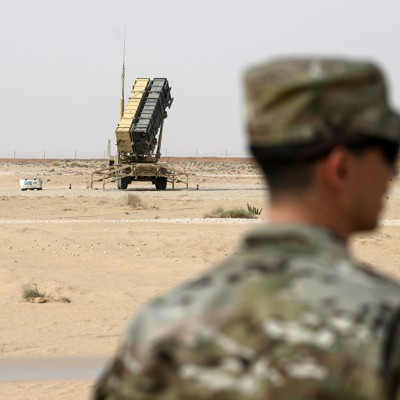Japan halts anti-missile Aegis Ashore as costs soar past $2bn
A symbol of stronger Tokyo-Washington ties falls by the wayside
TOKYO -- Japan's deployment of the Aegis Ashore missile defense system will be put on hold due to the ballooning price tag and the logistics of rolling out the hardware, the Defense Ministry said Monday.
"When considering the costs and the time frame, we have no choice but to decide it was not logical" to keep the original schedule, Defense Minister Taro Kono told reporters.
The U.S. State Department approved the sale of the system to Japan, which at the time had an estimated price tag of $2.15 billion. But a slew of problems has raised the estimated costs of operating it for 30 years to over $4 billion.
The project was seen as a symbol of the strengthening alliance between Japan and the U.S. Beyond the role it plays in countering the North Korean threat, President Donald Trump has also aggressively pushed American arms exports.
The ministry soon will submit a report to Japan's National Security Council and formally halt the program.
Japan currently has a two-tier approach to missile defense: a ship-based Aegis system that takes a first crack at shooting down missiles while they are in the so-called post-boost phase of flight, and a land-based Patriot system to destroy them when they are in the re-entry phase.
But deploying the ship-based system is burdensome, especially in terms of manpower, so Tokyo has pursued a land-based alternative for the Aegis.
The original plan called for installing the land-based missile shield at one site in eastern Japan and another in the west as a deterrent against North Korean rocket attacks. The U.S.-developed system would be operational as early as 2025.
"For now, we will continue to rely on Aegis-equipped destroyers" for missile protection, Kono told reporters. "Afterward, I will consider our options through the NSC."
In the west, Aegis Ashore would be hosted within the Mutsumi training area in Yamaguchi Prefecture. But it was revealed late last month that large-scale work will be needed to ensure that booster rockets carrying interceptors fall in the training area or the sea, and not in residential neighborhoods.
The Defense Ministry chose the Araya military training grounds in Akita city for eastern Japan, but those plans were thrown into disarray after a series of problems. The site, near a residential area, was selected from Google Earth, not an actual survey on the ground, resulting in measurement errors. At a briefing with city residents, a defense official fell asleep, angering participants. The governor and mayor both came out in opposition to the deployment.
Kono said he will visit Akita and Yamaguchi prefectures soon to apologize to the governors.


